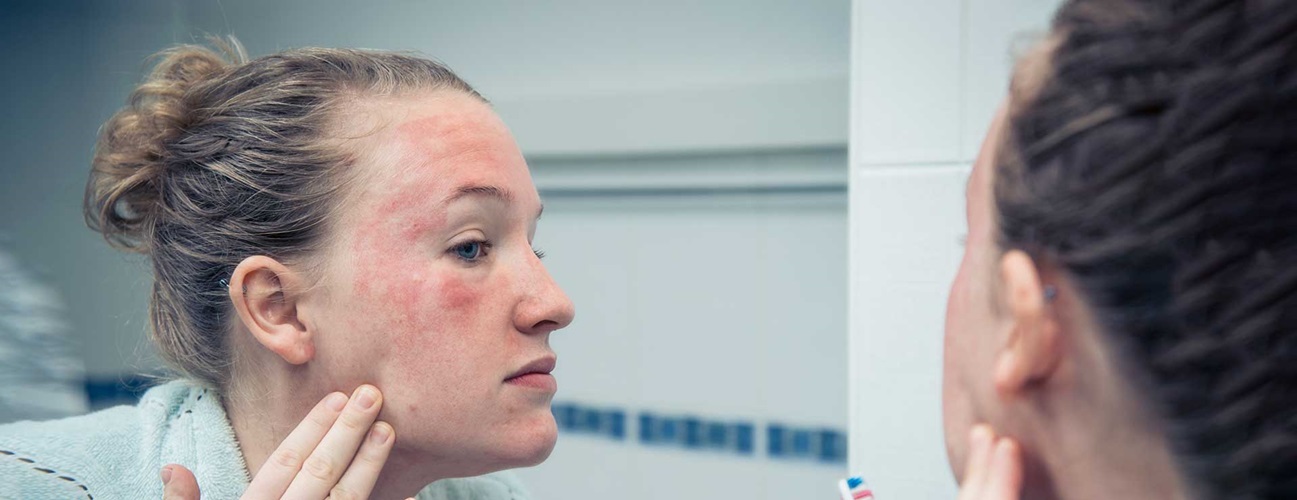Types of Lupus
Four Major Types of Lupus
Here, we’ve gathered key information on the primary forms of lupus. If your doctor believes you may have lupus, he or she will perform specific tests to determine the specific type and its severity. Once your doctor has this information, they can create your treatment plan.
Systemic Lupus Erythematosus
Systemic lupus erythematosus (SLE) is the most common form of lupus. When people talk about lupus in general, this is the type they’re most likely referring to. SLE affects many organs, especially skin, joints and kidneys.
Lupus of the Skin
There are three types:
-
Acute cutaneous lupus
-
Chronic cutaneous lupus erythematosus, or discoid lupus erythematosus (DLE)
-
Subacute cutaneous lupus erythematosus
A skin biopsy is sometimes necessary to diagnose these types of lupus, as each has its own characteristic lesions and patterns.
Chronic Cutaneous Lupus Erythematosus
The main symptom of chronic cutaneous lupus erythematosus, or DLE, is a rash that can leave major scars. It’s typically on your face, neck and scalp, but may also be on or in your ears and, less frequently, on your upper torso. These scaly areas slowly expand at the edges and then heal, leaving discolored skin and sunken scars. DLE on your scalp can cause permanent hair loss.
This type of lupus is more common in smokers and African-Americans.
Drug-Induced Lupus Erythematosus
This type of lupus is separate from SLE and is caused by taking certain prescription drugs. The presentation of drug-induced lupus is like SLE, including joints and inflammation around the lungs. The drugs most commonly connected with drug-induced lupus include:
-
Hydralazine: used (rarely) to treat high blood pressure or hypertension
-
Procainamide: used (rarely) to treat irregular heart rhythms
-
Isoniazid: used to treat tuberculosis
-
Minocycline: used to treat acne
-
Anti-TNF: used to treat rheumatoid arthritis, psoriatic arthritis and spondyloarthropathy
Neonatal Lupus Erythematosus
Neonatal lupus is a rare condition that affects babies of women who have anti-Ro and anti-La antibodies. These antibodies from the mother act on the baby’s heart conduction system. At birth, the infant may have a skin rash, liver problems or low blood cell count.






